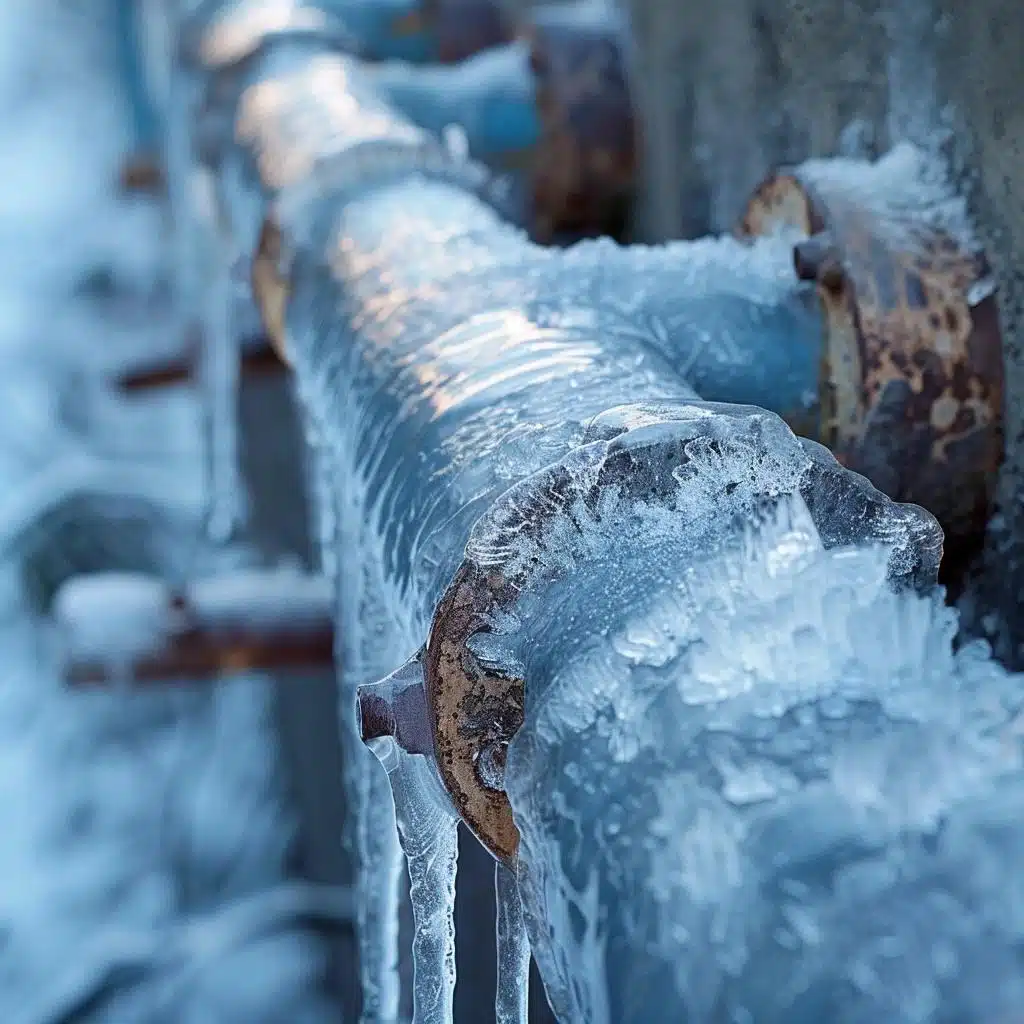How to Safeguard Pipes from Freezing: Professional Guidance
How to Safeguard Pipes from Freezing: Professional Guidance
Blog Article
The content underneath involving Preventing and dealing with frozen pipes is rather remarkable. Have a go and make your own personal conclusions.

Winter can damage your plumbing, especially by freezing pipelines. Right here's just how to prevent it from taking place and what to do if it does.
Introduction
As temperature levels drop, the danger of icy pipelines boosts, possibly resulting in pricey repairs and water damage. Recognizing how to prevent icy pipelines is essential for property owners in cold climates.
Prevention Tips
Insulating prone pipelines
Wrap pipelines in insulation sleeves or make use of warmth tape to safeguard them from freezing temperature levels. Focus on pipelines in unheated or outside areas of the home.
Heating techniques
Keep indoor spaces effectively heated up, specifically areas with plumbing. Open cabinet doors to permit warm air to flow around pipes under sinks.
Just how to recognize frozen pipes
Look for decreased water flow from taps, uncommon smells or noises from pipelines, and visible frost on revealed pipes.
Long-Term Solutions
Architectural modifications
Take into consideration rerouting pipes far from outside wall surfaces or unheated locations. Include extra insulation to attic rooms, cellars, and crawl spaces.
Updating insulation
Invest in high-grade insulation for pipes, attic rooms, and walls. Proper insulation assists maintain constant temperature levels and lowers the danger of icy pipelines.
Safeguarding Outdoor Plumbing
Yard hoses and exterior taps
Detach and drain garden hoses before winter season. Install frost-proof spigots or cover outside faucets with shielded caps.
Comprehending Frozen Pipes
What creates pipelines to freeze?
Pipes freeze when revealed to temperature levels listed below 32 ° F (0 ° C) for expanded periods. As water inside the pipelines ices up, it increases, putting pressure on the pipeline walls and possibly triggering them to burst.
Risks and damages
Frozen pipes can lead to water interruptions, residential property damage, and costly repair work. Ruptured pipes can flooding homes and cause extensive structural damage.
Signs of Frozen Water Lines
Determining frozen pipelines early can prevent them from rupturing.
What to Do If Your Pipelines Freeze
Immediate activities to take
If you believe frozen pipes, keep faucets open up to eliminate pressure as the ice thaws. Use a hairdryer or towels soaked in hot water to thaw pipes slowly.
Final thought
Protecting against icy pipelines needs proactive measures and quick reactions. By comprehending the causes, indicators, and safety nets, house owners can secure their plumbing throughout cold weather.
5 Ways to Prevent Frozen Pipes
Drain Outdoor Faucets and Disconnect Hoses
First, close the shut-off valve that controls the flow of water in the pipe to your outdoor faucet. Then, head outside to disconnect and drain your hose and open the outdoor faucet to allow the water to completely drain out of the line. Turn off the faucet when done. Finally, head back to the shut-off valve and drain the remaining water inside the pipe into a bucket or container. Additionally, if you have a home irrigation system, you should consider hiring an expert to clear the system of water each year.
Insulate Pipes
One of the best and most cost-effective methods for preventing frozen water pipes is to wrap your pipes with insulation. This is especially important for areas in your home that aren’t exposed to heat, such as an attic. We suggest using foam sleeves, which can typically be found at your local hardware store.
Keep Heat Running at 65
Your pipes are located inside your walls, and the temperature there is much colder than the rest of the house. To prevent your pipes from freezing, The Insurance Information Institute suggests that you keep your home heated to at least 65 degrees, even when traveling. You may want to invest in smart devices that can keep an eye on the temperature in your home while you’re away.
Leave Water Dripping
Moving water — even a small trickle — can prevent ice from forming inside your pipes. When freezing temps are imminent, start a drip of water from all faucets that serve exposed pipes. Leaving a few faucets running will also help relieve pressure inside the pipes and help prevent a rupture if the water inside freezes.
Open Cupboard Doors
Warm your kitchen and bathroom pipes by opening cupboards and vanities. You should also leave your interior doors ajar to help warm air circulate evenly throughout your home.

We were made aware of that write-up on 6 Ways to Prevent Frozen Pipes through someone on a different domain. Liked our write-up? Please quickly share it. Let others find it. Thank you for being here. Come back soon.
Hire A Pro Report this page